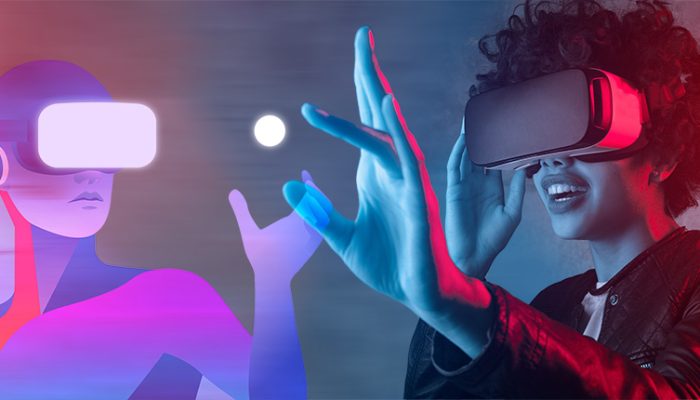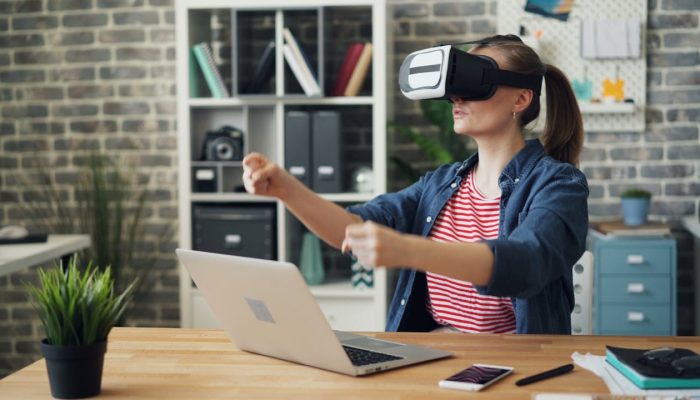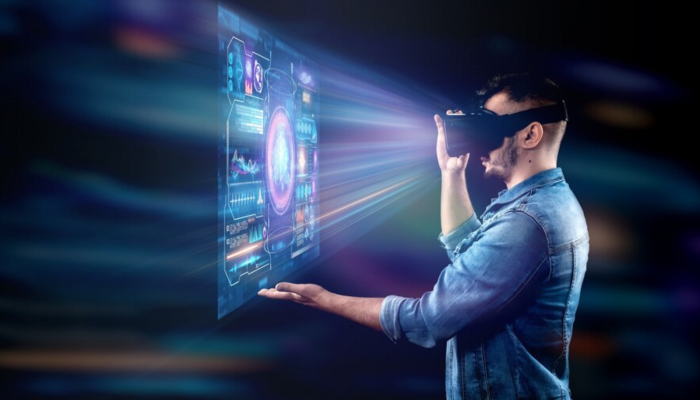Performance Testing in MR : How We Do It ?
Performance makes or breaks an MR app. If it lags, overheats, or responds slowly, the experience is ruined. Testing performance ensures the app feels smooth, responsive, and ready for real-world use.

1. Checking Frame Rate and Response Time
The app should feel fast and natural. Measuring frame rate and response time helps confirm that everything runs smoothly during interactions.
2. Monitoring Heat and Battery
Long usage can lead to overheating or fast battery drain. Testing under continuous use shows how well the app handles time and power.
3. Testing with Complex Scenes
When an app has many 3D objects or animations, performance may drop. Adding heavy scenes during testing shows how stable the app really is.
4. Verifying Spatial Tracking
In MR, the app must stay in sync with the real world. Testing spatial accuracy ensures that digital content lines up with real-world positions.
5. Identifying Memory or Graphics Issues
Tools like Unity Profiler help find memory leaks or rendering problems. Fixing these improves app speed and reliability.
6. Trying It on Different Devices
MR apps should work well on more than one headset. Testing on multiple devices makes sure the app is consistent and smooth everywhere.
Contact Us
Fill out the form below and we will
contact you as soon as possible!




